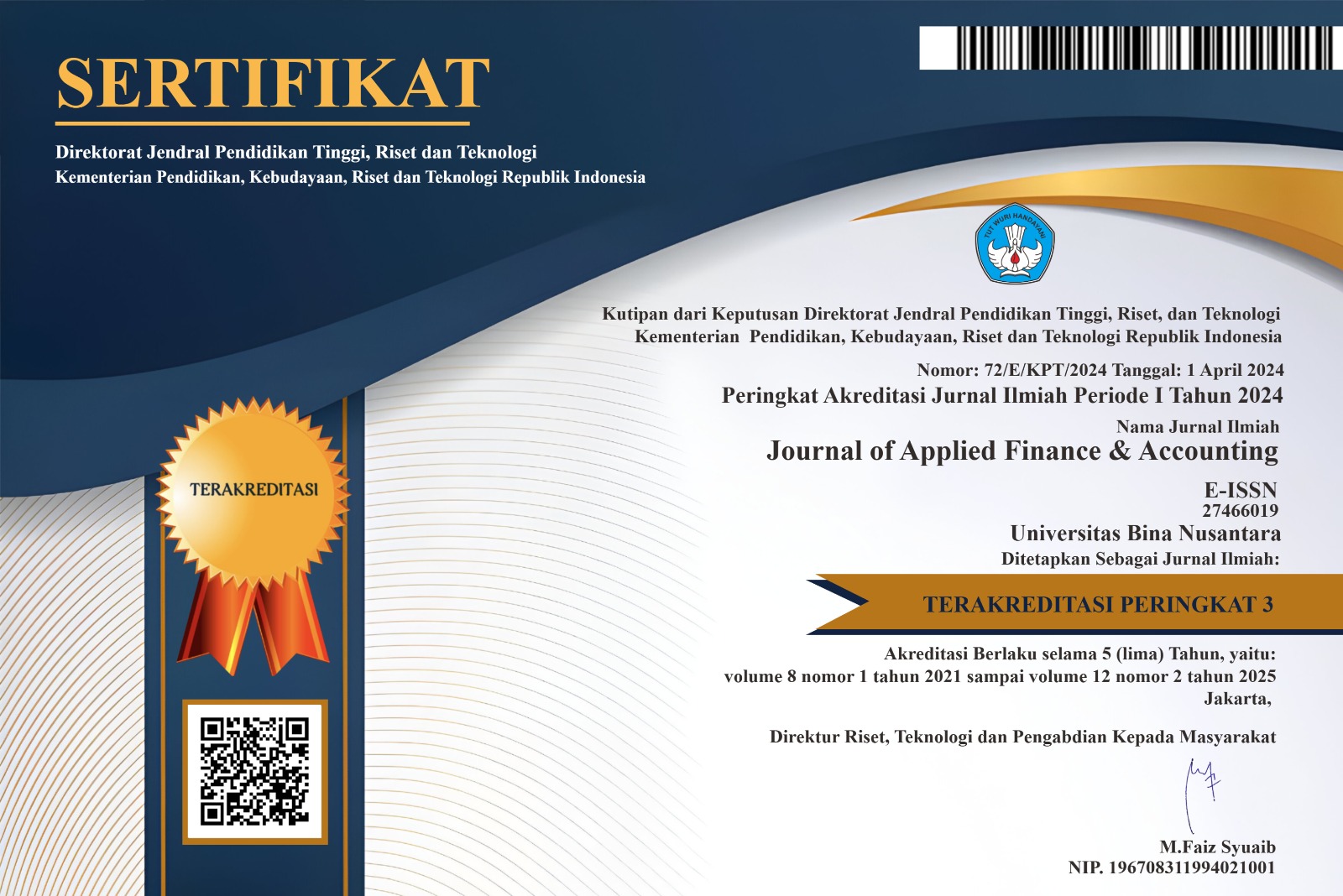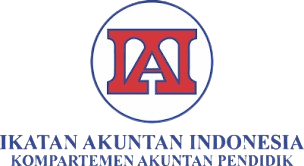ANALYZE REFRIGERATOR TOOLING INVESTMENT LIVIA MODEL AT PT LG ELECTRONICS INDONESIA
DOI:
https://doi.org/10.21512/jafa.v1i1.2Keywords:
capital budgeting, expenditure, tooling, sensitivity analysisAbstract
For a large firm like PT LG Electronics Indonesia (LGEIN), which has resulted in high manufacturing utilization, require a few percent reductions in component prices every year. The one of potential project for cost reduction is tooling investment. After Livia is produced and the expenditure of new tooling is made, it is continually faced with the problem that current method computing profits are conventional without considering the expenditure of tooling in the long run. Finally, a firm’s capital budgeting decisions is needed because it defines its strategic direction. Four primary methods in the capital budget to decide whether or not the project should be accepted are: discounted payback, net present value, internal rate of return and profitability index. In addition, we use sensitivity analysis to indicate which factor has significant interfere with the project. The results generated that discounted payback is just 2 year 6 months less life of the project for 3 years, NPV generated positive result $3,502,387, and an IRR of this project is 25% greater than required rate of return 10% and profitability index gets 1.8 greater than 1. In sensitivity analysis shows that the project’s NPV is very sensitive to changes in sales and COGS, and relatively insensitive to changes in either growth rate or rate of return.
In a method of capital budgeting analysis, Livia project could be accepted with initial investment for $4,199,288 and still more detailed analysis is required to support the expenditure.
Downloads
Published
Issue
Section
License
Authors who publish with this journal agree to the following terms:
Authors retain copyright and grant the journal right of first publication with the work simultaneously licensed under a Creative Commons Attribution License that allows others to share the work with an acknowledgement of the work's authorship and initial publication in this journal.
Authors are able to enter into separate, additional contractual arrangements for the non-exclusive distribution of the journal's published version of the work (e.g., post it to an institutional repository or publish it in a book), with an acknowledgement of its initial publication in this journal.
Authors are permitted and encouraged to post their work online (e.g., in institutional repositories or on their website) prior to and during the submission process, as it can lead to productive exchanges, as well as earlier and greater citation of published work (See The Effect of Open Access).




